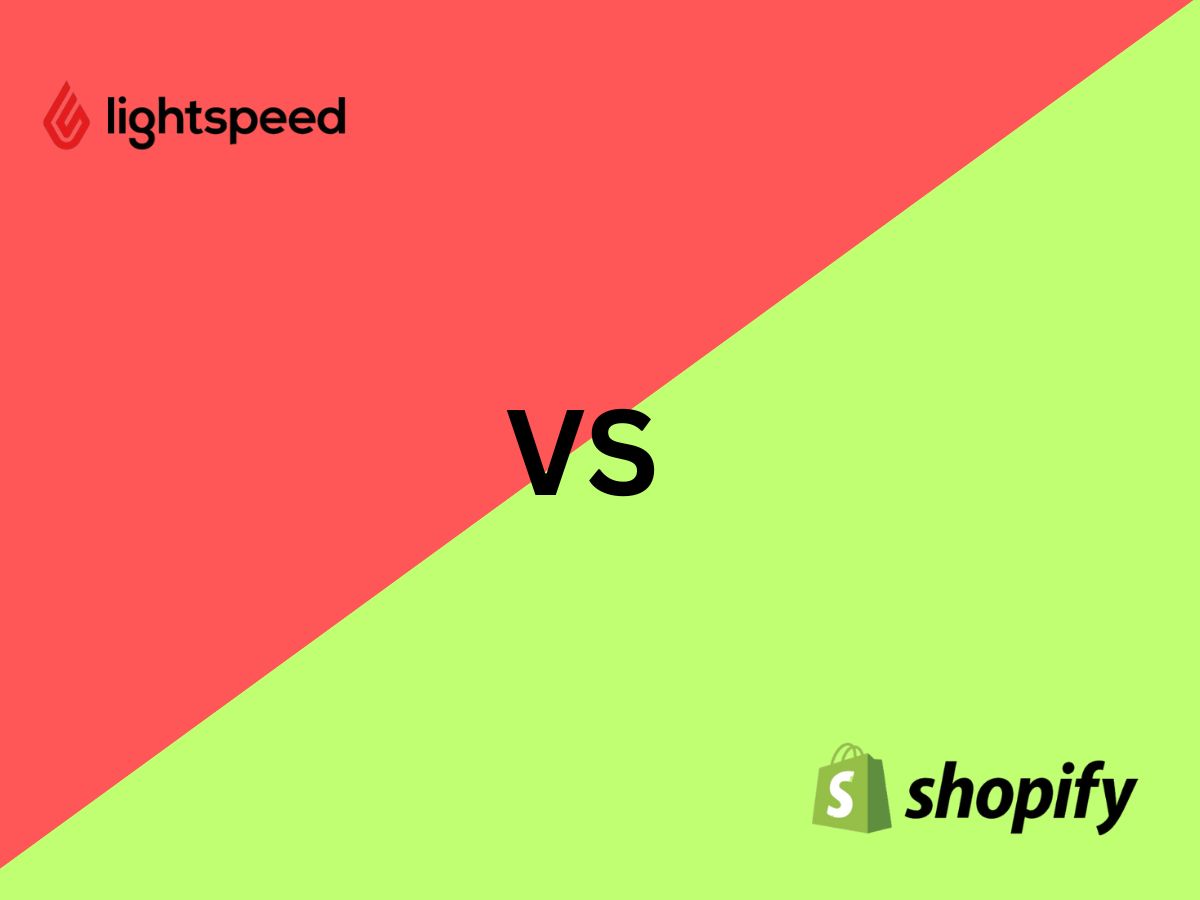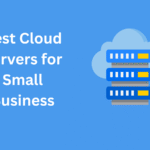When it comes to picking out a POS and e-commerce platform, many people suggest Lightspeed and Shopify. They support the same kinds of business needs, but because they are built for different users, their offerings are unique. The article provides a detailed comparison of Lightspeed vs Shopify, highlighting their features, how much they cost, what they integrate with, and which business models they fit best.
What is Lightspeed and Shopify?
Light Speed: Lightspeed is a full POS system made for retailers and restaurant owners. The tool organizes tasks such as tracking stock and customer relationships. Many businesses choose Lightspeed because of its advanced reporting and ability to be customized.
Shopify: Shopify’s main function is selling online, but it also includes POS for those who need it. The ease of use, broad offer of apps, and ability to grow online are what make it a top choice for retailers and business owners.
Lightspeed vs Shopify: Quick Comparison
Lightspeed and Shopify occupy the top spot in e-commerce but meet different requirements from users. Good at omnichannel retail, Lightspeed provides top-notch POS for store owners who operate in the hospitality and retail industries. In-store businesses benefit from their inventory and analytics tools, which are designed for complicated situations.
Unlike others, Shopify is designed for those who like to sell online, providing advanced and user-friendly tools. Shopify allows for the use of many apps, selling to customers all over the world, and dropshipping. Although Lightspeed is strong in specializing in a local store setting, Shopify is used more frequently for standard eCommerce and handling more sales channels. Select an option according to your principal sales channel.
Pros and Cons of Shopify
Pros
- Great Platform
- It’s Simple to Use
- A huge variety of apps is available.
- Suitable No Matter the Size of the Business
- Seamless point of sale solution
Cons
- The lack of many features on POS tools for Native people
- Some add-ons cost a lot of money.
- Taking Fees from External Gateways
- Not Well-Suitable for Restaurants
Pros and Cons of Lightspeed
Pros:
- Inventory Management is one of the main technologies incorporated into ERPs.
- A Complete POS System
- Both CRM and loyalty tools are included with the platform.
- Client profile, loyalty benefits, and tracking what customers order are all included in
- Lightspeed, within the software itself.
- Specialty in Retail & Restaurants
- Good reporting and analytics are important.
Cons:
- Learning Curve
- Few resources are offered in e-commerce.
- When refrigerators start at a higher price.
- Because they need extra features, retailers often have to pay more for Lightspeed each month.
- There Are Fewer Apps Provided By Other Developers
Lightspeed vs Shopify: Features Comparison
Lightspeed vs Shopify: Inventory Management
Lightspeed includes the ability to use serial numbers, build assemblies, and manage product matrices. Using inventory software, businesses can easily handle large inventories, especially those retailers selling multiple product types.
Small and medium businesses will find the basic inventory tools on Shopify helpful. Product variants and large-scale import are possible, yet it does not have the sophisticated tools of Lightspeed.
Lightspeed vs Shopify: Ability to use Point of Sale systems
This system supports a lot of the functions SMBs expect, such as customer profiles, managing special orders, layaways, and tracking repairs. Its purpose is to manage many sales simultaneously and support intricate business processes.
One feature of Shopify is a POS system that connects easily with its e-commerce services. People looking for an integrated method to handle their online and in-store shopping can find everything they need in Square, though it is not as versatile as Lightspeed.
Lightspeed vs Shopify: Important aspects of e-commerce
Lightspeed: Let’s business owners customize mobile-friendly templates and handle international shipping costs, so they can sell everywhere and use different languages and currencies. On the other hand, e-commerce on Magento is simpler than it is on Shopify.
Shopify is great for online stores thanks to its simple store builder, numerous apps, and tools that recover abandoned carts and let you sell on many platforms. It is developed for businesses that want to succeed online.
Customer Relationship Management refers to CRM.
Built into Lightspeed are CRM functions that let firms check clients’ interactions, support loyalty cards, and monitor buying habits. It is most valuable to businesses that seek to keep their customers.
Shopify contains the basics of CRM by providing customer profiles and an order management history. Users can purchase advanced CRM apps by shopping at the Shopify App Store.
Pricing Structures
Lightspeed charges by how many features you need, not by the number of users. Lightspeed Retail sells its entry plan for $89 per month, and higher plans give users benefits such as better reporting and control over multiple stores.
With Shopify, the first tier begins at $39 a month for the Basic Shopify plan. Advanced reporting and reduced transaction costs are included in higher-tier decisions.
Ability to link with other apps and an extensive app library
Lightspeed includes many useful integrations, mainly focused on the retail and hospitality industries. Among the apps are ones for accounting, handling your workforce, and interacting with suppliers.
Shopify users can choose from over 16,000 different app options. The large set of tools means businesses can design their stores for marketing, handling shipping, bookkeeping, and other needs.
It is simple to use.
While most POS systems are easy to use, many businesses new to Lightspeed find it has a slightly more complicated interface due to the number of features it offers. Fortunately, after a while, most users find it very effective for handling complex activities.
The interface of Shopify is recognized for being straightforward, so almost anyone can start and control their online store. Its simple design lets users of any skill background use it with ease.
Customer Support
Lightspeed: Customers can get support around the clock over the phone, by email, or via chat. There are onboarding sessions available for individual businesses to use.
Shopify provides support at any time through live chat, email, and phone. The service also offers a lot of resources online, including step-by-step lessons and places for users to discuss.
Fitted for Different Business Structures
Lightspeed is perfect for those companies that use advanced POS, have specific needs for reporting, and require customized options. It is especially designed for stores and restaurants with complicated processes.
For companies wanting to build or enlarge their internet store, Shopify is the top choice. Because it can adapt to any size and offers a wealth of apps, it is perfect for e-commerce businesses.
Conclusion: Lightspeed vs Shopify
Picking between the two platforms relies on what your business aims to achieve. People who operate retail or restaurant businesses should use Lightspeed, which offers advanced and ample customization in its POS system. Yet, if you aim to create or increase your online business with a straightforward, scalable solution, Shopify is the way to go.
When deciding, look at your business structure, operational needs, and where you want to go over the years. With both platforms, you have the chance to use a free trial and decide which suits your requirements.










